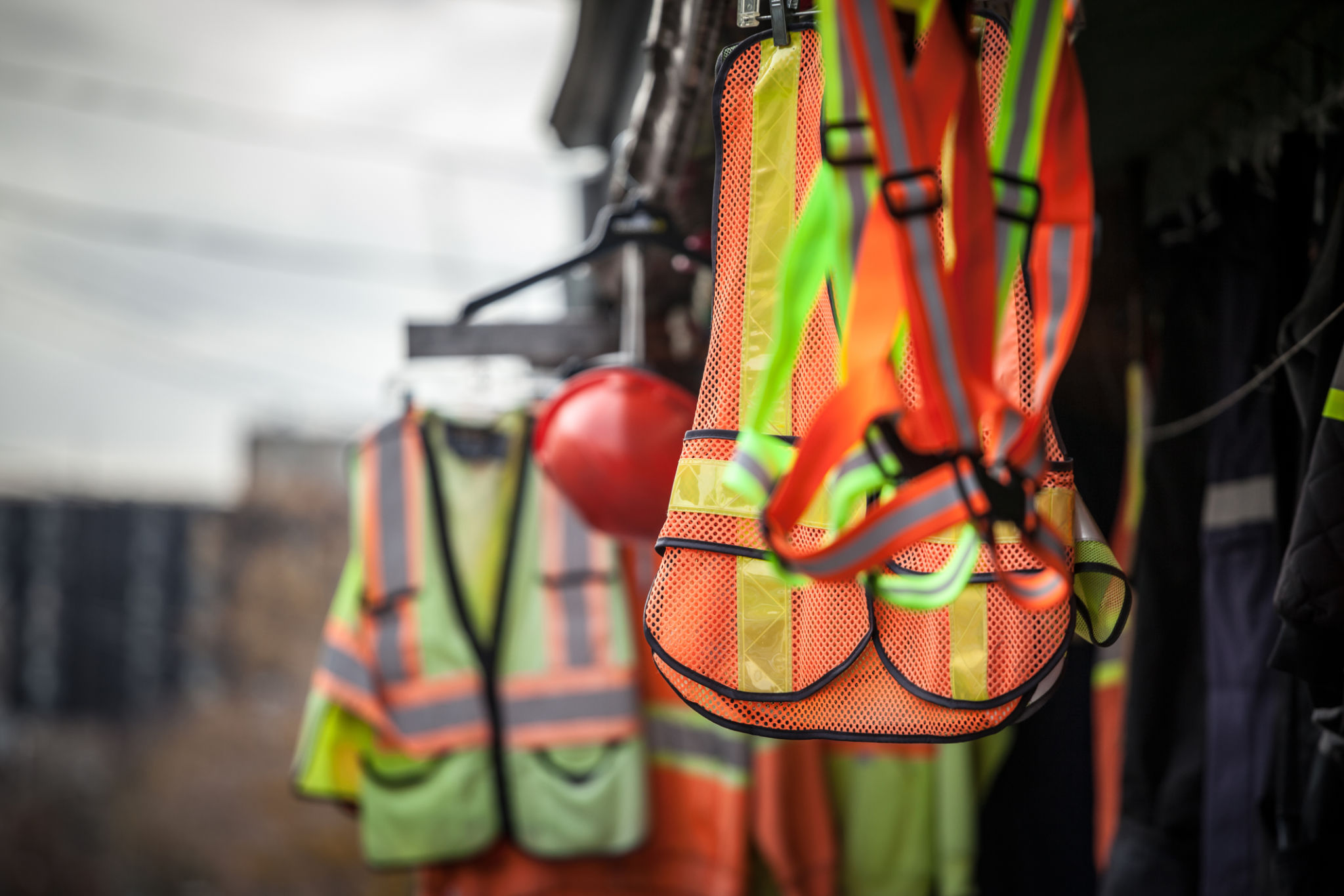Preparing for the Construction Season in Australia: Essential Scaffolding Tips
Understanding the Importance of Scaffolding in Construction
As the construction season in Australia approaches, ensuring that all equipment is in optimal condition is crucial. Among the most vital components of any construction project is scaffolding. Properly installed and maintained scaffolding provides the necessary support and safety for workers, allowing them to perform their tasks efficiently and securely. From residential projects to large commercial developments, scaffolding is indispensable in providing access to elevated work areas.

Inspecting Scaffolding Components
Before the start of the construction season, conducting a thorough inspection of all scaffolding components is essential. This includes checking for any signs of wear and tear, corrosion, or damage. Pay special attention to the joints, braces, and locking mechanisms. Any compromised component must be repaired or replaced to ensure the scaffolding's integrity and safety.
Regular inspections throughout the construction season are also recommended. Establishing a checklist can help ensure that all aspects are covered, including verifying that bolts and nuts are properly tightened and that platforms are stable and secure.
Adhering to Safety Regulations
Compliance with safety regulations is non-negotiable in the construction industry. In Australia, scaffolding must adhere to strict guidelines outlined in the Work Health and Safety (WHS) laws. These regulations cover everything from the design and construction of scaffolding systems to their maintenance and inspection.

Ensuring that all workers are familiar with these regulations is crucial. Training sessions can be arranged to educate your team on the proper use and handling of scaffolding equipment. This not only enhances safety but also increases productivity by preventing accidents and delays.
Choosing the Right Scaffolding Type
The selection of scaffolding depends largely on the specific requirements of your project. For example, a residential building may require different scaffolding compared to a large-scale commercial structure. Common types include supported scaffolding, which is built from the ground up, and suspended scaffolding, which is hung from above.
Consulting with scaffolding experts can help you determine the most suitable type for your project, taking into account factors such as height, load-bearing capacity, and environmental conditions.

Ensuring Proper Erection and Dismantling
The process of erecting and dismantling scaffolding requires careful planning and execution. It is imperative that only trained professionals undertake these tasks. Improper installation can lead to instability, increasing the risk of accidents on-site.
Implementing a step-by-step procedure for erection and dismantling can streamline this process. This includes ensuring that the ground is level before assembly and securely anchoring the structure once erected. Additionally, dismantling should be carried out systematically to avoid any sudden collapses.
Maintaining Clear Communication
Effective communication among all team members working with scaffolding is essential for maintaining safety standards. Regular meetings can facilitate updates on any changes in procedures or regulations. Open channels of communication ensure that everyone is aware of their responsibilities and can promptly report any issues with the scaffolding.
By following these essential scaffolding tips, you can ensure a safe, efficient, and productive construction season in Australia. Prioritizing safety and compliance not only protects your workforce but also contributes to the successful completion of your construction projects.
